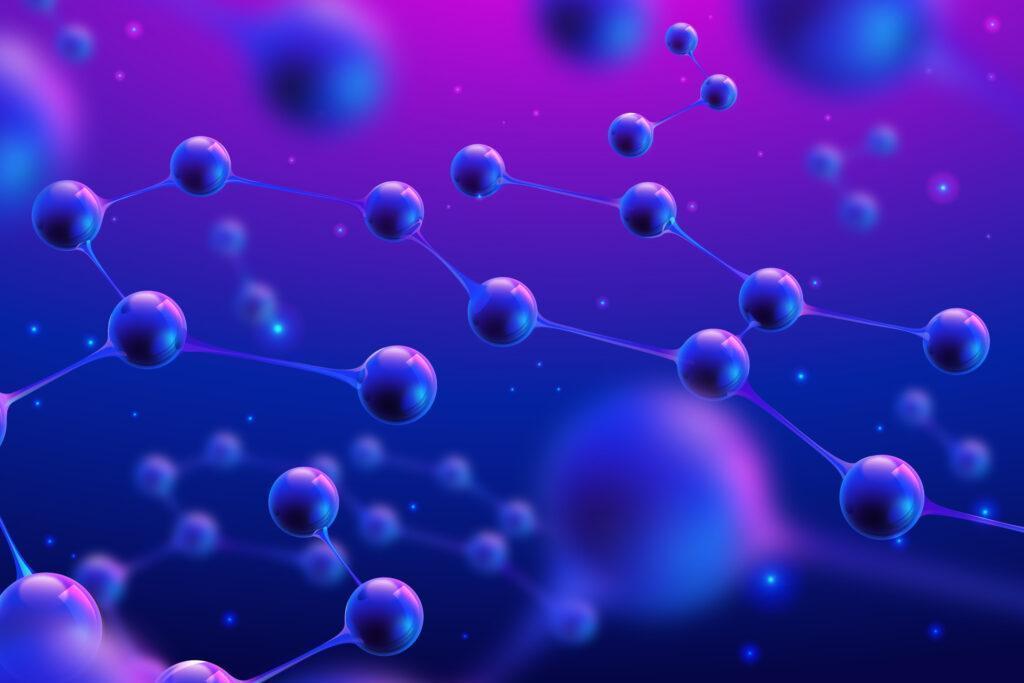Graphene’s Quantum Secret: How Twisted Carbon Sheets Could Unlock Room-Temperature Superconductors
The Mysterious Case of Superconducting Graphene
In the world of quantum materials, few puzzles are as tantalizing as twisted graphene’s superconductivity. When two or three atom-thin sheets of carbon are stacked at precise “magic angles” and chilled to near absolute zero, they suddenly lose all electrical resistance—behaving like perfect superconductors.
Now, two groundbreaking experiments have uncovered quantum geometric effects that may explain this phenomenon—and potentially point the way to room-temperature superconductors, a holy grail of physics that could revolutionize energy transmission, computing, and space technology.
The Discovery: A Eureka Moment Over Dinner
The story begins with an unexpected conversation between physicists Kin Chung Fong (Northeastern University) and Abhishek Banerjee (Harvard). While studying different aspects of graphene, they realized they’d independently calculated the same puzzling property: kinetic inductance, a measure of how much a superconductor resists changes in current flow.
“It was like hiking through a forest and suddenly finding someone else on the same obscure path.”
— Kin Chung Fong
This led to two parallel experiments:
- Team 1 (MIT/Harvard): Studied bilayer graphene (2 sheets).
- Team 2 (Tokyo/Harvard): Analyzed trilayer graphene (3 sheets).
Both teams faced a major hurdle: Standard measurement techniques failed because graphene flakes are too small. Their solution? Microwave-based probes that detect subtle superconducting signals.
Key Findings: Quantum Geometry Rules
1. Bilayer Graphene’s “Stiff” Supercurrent
- The superconducting current resisted changes far more than theory predicted.
- The culprit? Quantum geometry—the shape of electrons’ wavefunctions, which dictates how they pair up.
- Implication: Conventional superconductivity theories don’t apply here.
2. Trilayer Graphene’s High-Temp Clues
- Its kinetic inductance resembled cuprates, a family of high-temperature superconductors.
- Suggests twisted graphene may share mechanisms with more robust superconductors.
“We’re uncovering laws that might apply to room-temperature superconductors.”
— Abhishek Banerjee

Why This Matters: The Room-Temperature Quest
The Energy Revolution We Need
Superconductors today require cryogenic cooling, making them impractical for:
- Power grids (zero-loss transmission).
- MRI machines (cheaper, quieter operation).
- Quantum computers (more stable qubits).
Graphene’s quantum geometry hints at how to design warmer superconductors.
Space Tech Breakthroughs
- Mary Kreidel (NASA JPL) envisions ultralight graphene particle detectors for satellites.
- Benefits: Lower launch costs, longer mission lifespans.
The Bigger Picture: A New Class of 2D Superconductors
Graphene isn’t alone. Recent discoveries include:
- Twisted tungsten diselenide (superconducts at 3K).
- Magic-angle bilayer boron nitride.
- Strained transition metal dichalcogenides.
“There’s a zoo of 2D superconductors now—each weirder than the last.”
— Zeyu Hao, Harvard
Challenges & Next Steps
Open Questions
❓ How do electrons pair up in twisted graphene?
❓ Can we replicate this geometry in other materials?
❓ What’s the highest temperature we can achieve?
Future Experiments
- Test four+ layer graphene stacks.
- Probe alternative twist angles.
- No robotic phrasing (e.g., “Furthermore”)

